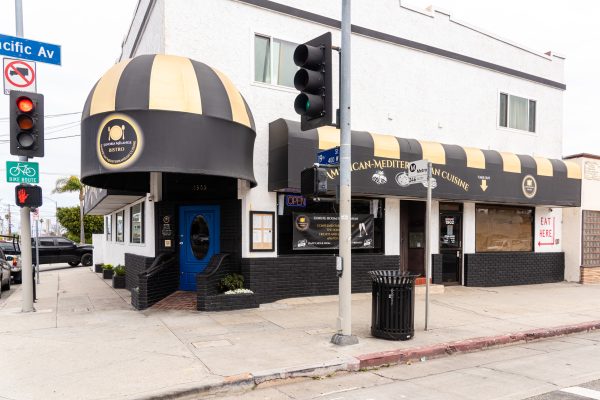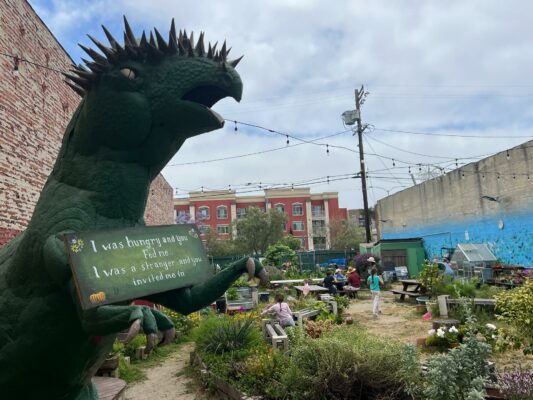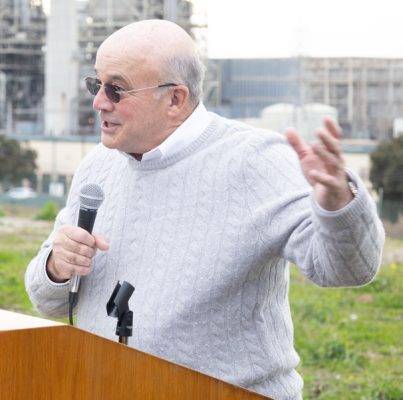
Our Lady of Guadalupe School is trying something new, and it’s working.
“We’re implementing a program that allows students to learn and develop math skills at their own pace,” said Angelica Hernandez, a seventh grade teacher at the local Catholic school. “It’s individualized for each student and suggests videos based on their mistakes, and we can see in real time what the students are doing.”
The program uses a social learning platform called Edmodo, which looks a lot like Facebook, and integrated apps like School 21. But instead of connecting students through social interactions, the learning program connects them scholastically.
“Teachers use it to collaborate with other teachers, and students connect with other students,” Hernandez said. “Plus it gives me the ability to do my job a little faster, and we can catch a mistake right away and can re-teach or refocus the student.”
The teachers at OLG wanted a program to better address the varying abilities of all students instead of catering to only one level.
“It’s the flipped classroom model,” sixth grade teacher Janece Bell said. “They preview the lesson at home and come into the classroom already exposed to the concept. It’s replaced the workbook and has an infinite possibility for practice problems.”
The program, which can be accessed on the internet from a computer or tablet, tracks the student’s progress, reports back to the teacher, and compares the student to others at the same level in his or her classroom and across the country.
“It’s taking the challenge of their education and helping them be self-advocates for their own learning,” Hernandez said, adding that the students go at their own pace by deciding for themselves when they are ready to be tested on each subject.
“I don’t worry about being held back or pushed too fast,” said seventh grader Eloise Belandres. “I really like to do it and it allows me to go at my own pace.”
Belandres, as well as her peers, learn the math concepts from the program at home via videos and examples. Students bring their questions to school the next day. Instead of being taught the same lesson, each student goes at his or her own pace and brings questions to their teachers while in the class doing practice problems. The program also has a ‘teacher help’ button that shows the teacher in real time who needs assistance.
“It gives personalized attention to each student and is not focused on any one level,” Principal April Beuder said. “I’m thrilled to pieces because I feel like we really hit on something really effective with the school population.”
The school decided to target sixth, seventh and eighth grade math students because of the wide range of abilities. Since beginning the program last year, Beuder has seen across the board math growth. Some students have even grown from a fourth grade math level to a ninth grade competency and the average is from grade level 7.1 to 8.9.
“We’re cautiously optimistic,” Beuder said. “It’s really affirming when you take a risk on a program and see the fruits of that labor really fulfilling.” ER









